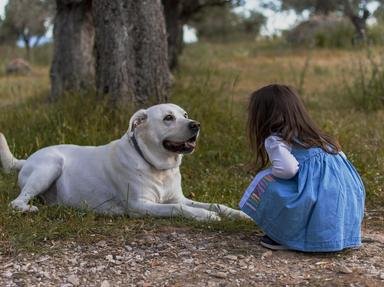Quiz Answer Key and Fun Facts
1. What is the thick fur around a male lion's neck called?
2. What colours are seen on a giant panda?
3. Which large furry animals live in family groups and howl to "talk" to one another?
4. What large and furry animal looks like a smaller version of a wolf?
5. There are many types of bears around the world. Should you ever approach one if you see one in the wild?
6. The jaguar lives in an area often called the New World. Where can you find most jaguars in the wild?
7. What is the only large wild cat to have stripes all over its body?
8. This question might have you thinking about the opposite of what you normally expect. What colour is the skin of polar bears under their fur?
9. What large furry animal lives in places that stretch from northern Canada down almost to the southern tip of South America?
10. The lynx is another large wild cat. What special feature does the lynx have on its ears?
Source: Author
Trivia_Fan54
This quiz was reviewed by FunTrivia editor
looney_tunes before going online.
Any errors found in FunTrivia content are routinely corrected through our feedback system.
